McLaren 650S Spider Review: The Supercar For People Who Don't Want A Ferrari
About 20 years ago, my mother bought what would become my favorite poster: a picture of a McLaren F1, at the time the best machine that man could build. Even as someone barely old enough to understand that cars were powered by something other than magic, I found myself, for the first time, awestruck. Here was a car capable of surpassing 240 mph, while the speedometer in my mother’s Honda Civic barely broke 100 mph. But when McLaren agreed to loan me a new 650S Spider, the collective response from those around me was, “What’s a McLaren?”
McLaren is a small manufacturer tucked away in Woking, England, about 30 miles from London. It’s well-known in elite racing circles such as Formula One, but has also produced some road cars to compete with elite brands such as Ferrari and Lamborghini. Among many car enthusiasts in their mid-20s to mid-30s, McLaren’s original road car (the F1) still stands as one of the best ever built, for its dedication to raw speed and simplicity. The company has always embodied that philosophy.
The McLaren 650S is, by all expert accounts, a fundamentally brilliant car. So I’m not going to waste time building intrigue and casting doubt, because you already know it’s superb. It’s even more compelling in convertible form, where, I think, it’s one of the most beautiful cars on sale today. You could say that about its main rivals, too, the Ferrari 488 and Lamborghini Huracan. After all, they’re mid-engined supercars just like the McLaren. But the Italians build bombastic, look-at-how-awesome-we-are cars, replete with matching interiors. Above all, McLaren is a company that builds race cars -- and it kind of shows.
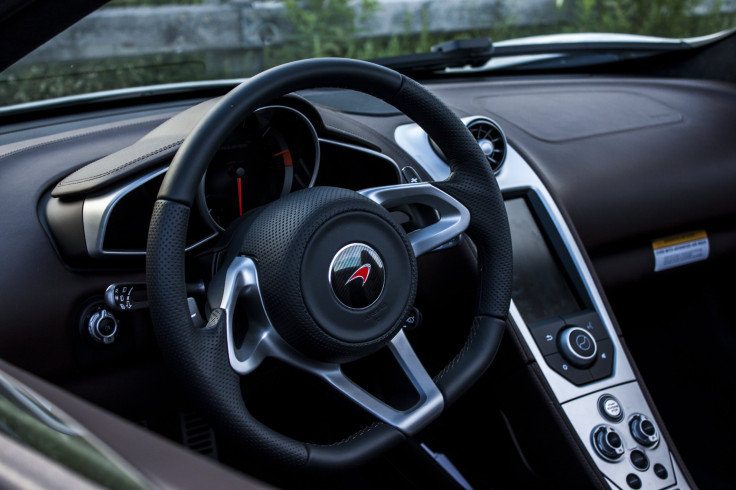
Inside, there’s a nondescript steering wheel with some paddles attached to the back and a few buttons for drive modes. That’s it. There’s nothing ostentatious or ornate: Its form is its function. You’ll still wow passersby (the doors open upward, after all), even if they’ve never seen the badge before. If you want something that everyone will envy for obvious reasons, this isn’t the supercar for you.
But that doesn’t mean you won’t get attention, especially with the “sports exhaust.” A word of consumer advice: Pick this option, you’ll want it. Its harmonic notes not only pierce the heavens at a high rpm but also crackle at a low speed like the machine’s making popcorn. It’s basically the best thing ever, and if it doesn’t make you smile, you just plain don’t like cars.
The interior is less grandiose than the sound, however. Sure, there’s brushed aluminum and leather, but compared with its exotic brethren the 650S is rather spartan -- you don’t even get music controls on the steering wheel. The body is understated by supercar standards, with soft elegant curves flowing around it, rather than angry angles, bulbous rear lights or jagged edges added for the sake of style.
It’s simply for driving. It’s a funny thing: All too often, automotive journalists will wax poetic about the “soul” and “passion” of cars like this, although those specific words are usually reserved for Italian brands. But the 650S feels alive. When I first slid into its driver’s seat, I felt at home. There was no learning curve, and there were no hours spent adjusting to the position, even though I typically drive a considerably less iconic old hatchback. Something is intangibly right about the 650S, and therein lies the charm of McLaren: details you may never see or notice come together in harmony.
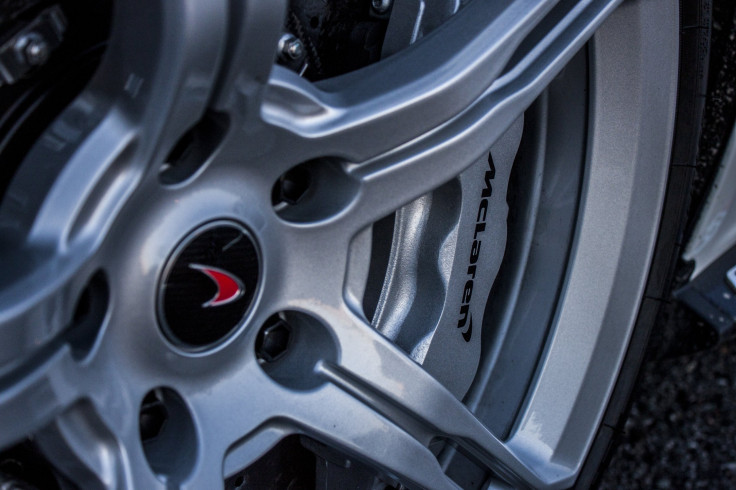
Sometimes, harmony is the middle of a storm. The 650S packs a 3.8-liter, twin-turbo V-8 that produces (as the name implies) 650 PS of power (or 641 horsepower) and 500 pounds of torque: It provides facial restructuring services at no extra cost. It redlines at 8,500 rpm, and when you ask it to do so, it sounds like you’re riding on the cusp of a hurricane.
It’s a benign giant by default, but when you ask for power, the 650S is quick to wake. Once the car knows you’re in the mood for fun, it just gives you all the power in creation. For the uninitiated, it’s probably terrifying -- actually, even as someone who grew up around a maniacally powerful car (something like this), the 650S is still ludicrously fast. Sixty mph is dispatched in less than three seconds, and 125 mph comes before most things reach 60 (the top speed is 207 mph, by the way). Braking is handled by carbon ceramic rotors that make it appear as though they could break your neck.
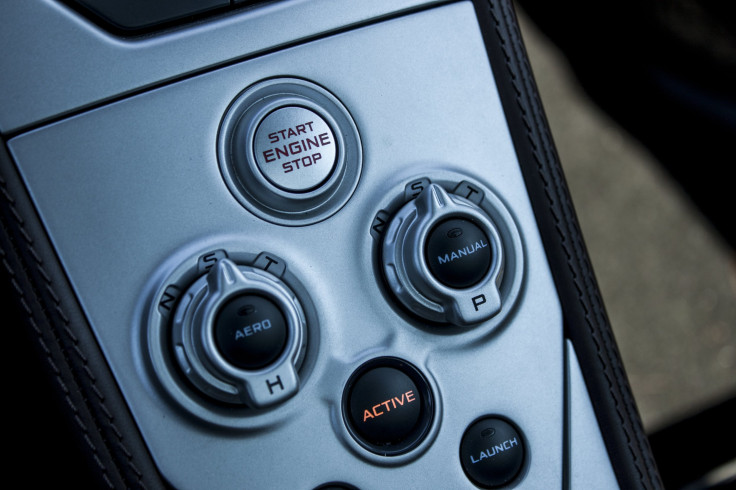
It’s just as eager to devour corners, as you might expect. Granted, I didn’t get to drive on that many awesome roads (thanks, New York), but the sleepy onramps and clover handles I stormed around on early July mornings haven’t seen a car this capable in a long time, if ever. It grips hard and just hangs on to a line, remaining flat on even off-camber corners as it the laws of physics don’t exist. It’s neutral and supercommunicative, which inspires tremendous confidence, but you had better respect it. It will save a moron with all the aides turned on (as it’s safely tuned to push ever so slightly), and even in sport mode it will hold you on a loose leash. But take things one step further to “Track” mode and you had better know what you’re doing if you don’t want to end up backward in a bush. I’m sure you could get it sideways (just ask Chris Harris), but the car will have none of that on the street, so please don’t try.
Despite that DNA, it’s not difficult to drive. Like other modern supercars, it will tread around city streets and attempt to do its best to leave the peace intact, even though, really, it would rather not. The 650S’s V-8 is mated to a seven-speed, dual-clutch transmission that will do all the shifting if you prefer things that way, but it never tries to hide its manual roots. Even in fully automatic mode, you feel the same balancing act from the car’s electronics that you’d be managing yourself with a traditional three-pedal setup. It’s a bit hesitant until you get the throttle input just right to manage smooth take-offs.

Even when it’s busy rearranging the feng shui of your face, the McLaren never feels brittle or dangerous. It’ll do sprints to triple digits, rip your face off with its carbon ceramic brakes and cartoonish levels of grip, go back up to silly speeds two seconds later and then just as easily join slow-moving traffic without so much as a complaint or a rattle. If you own this or something like it, I implore you take it to a track. It’s too good to waste away in a garage or cruise highways its whole life, and in convertible form it might be the best thing I’ll ever drive.
And you know, I don’t even mind that it left a tiny puddle of coolant in my driveway.
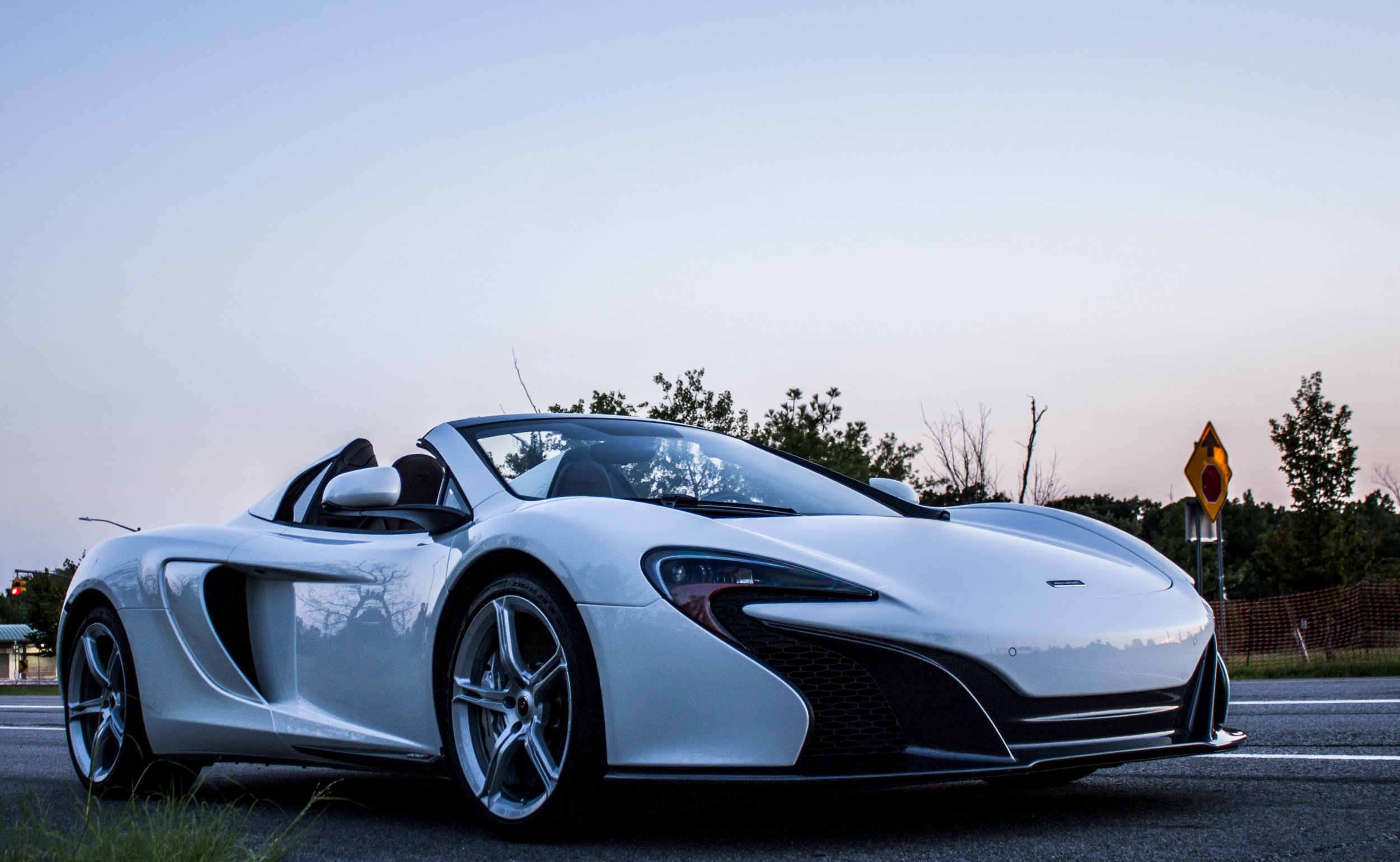
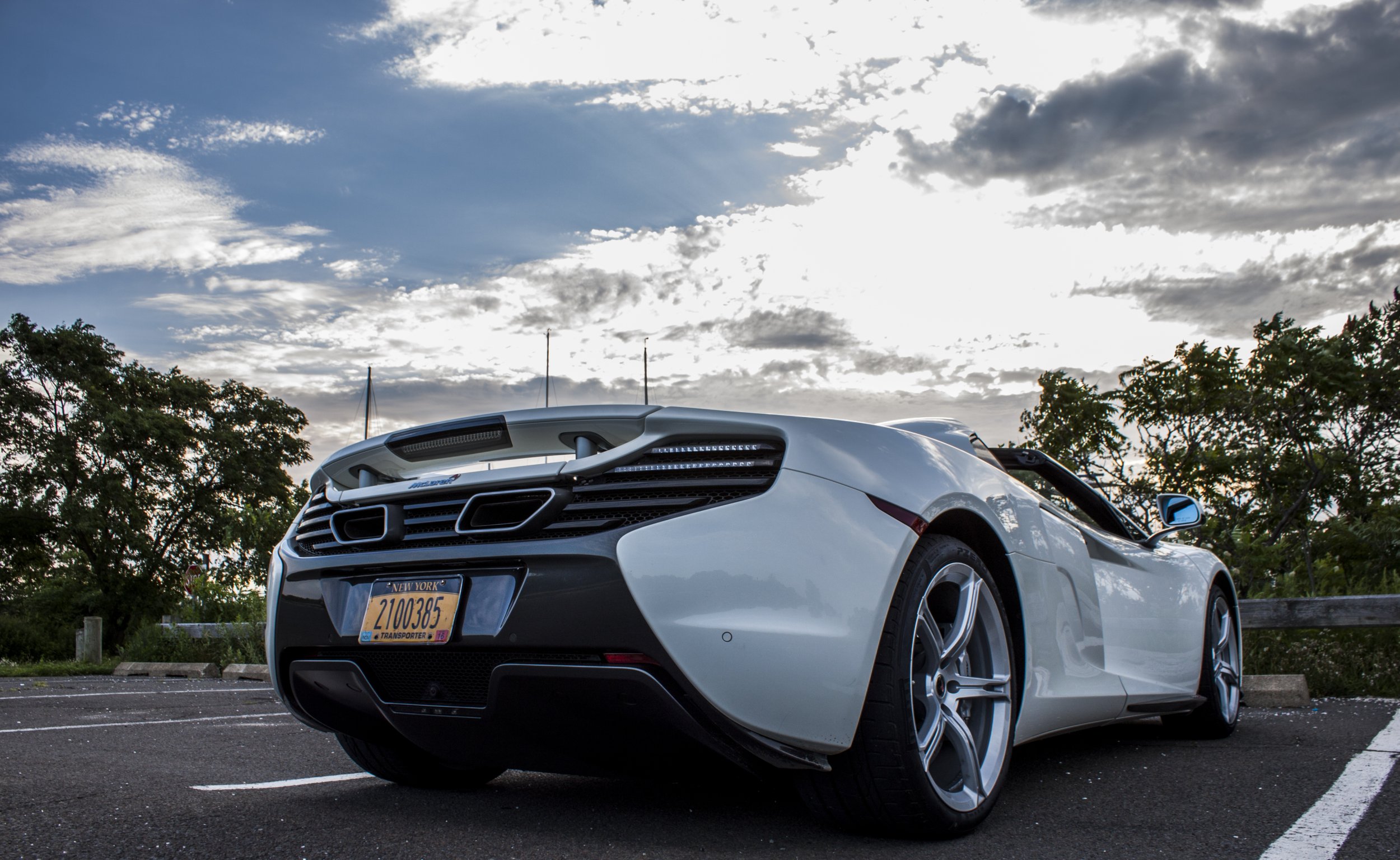
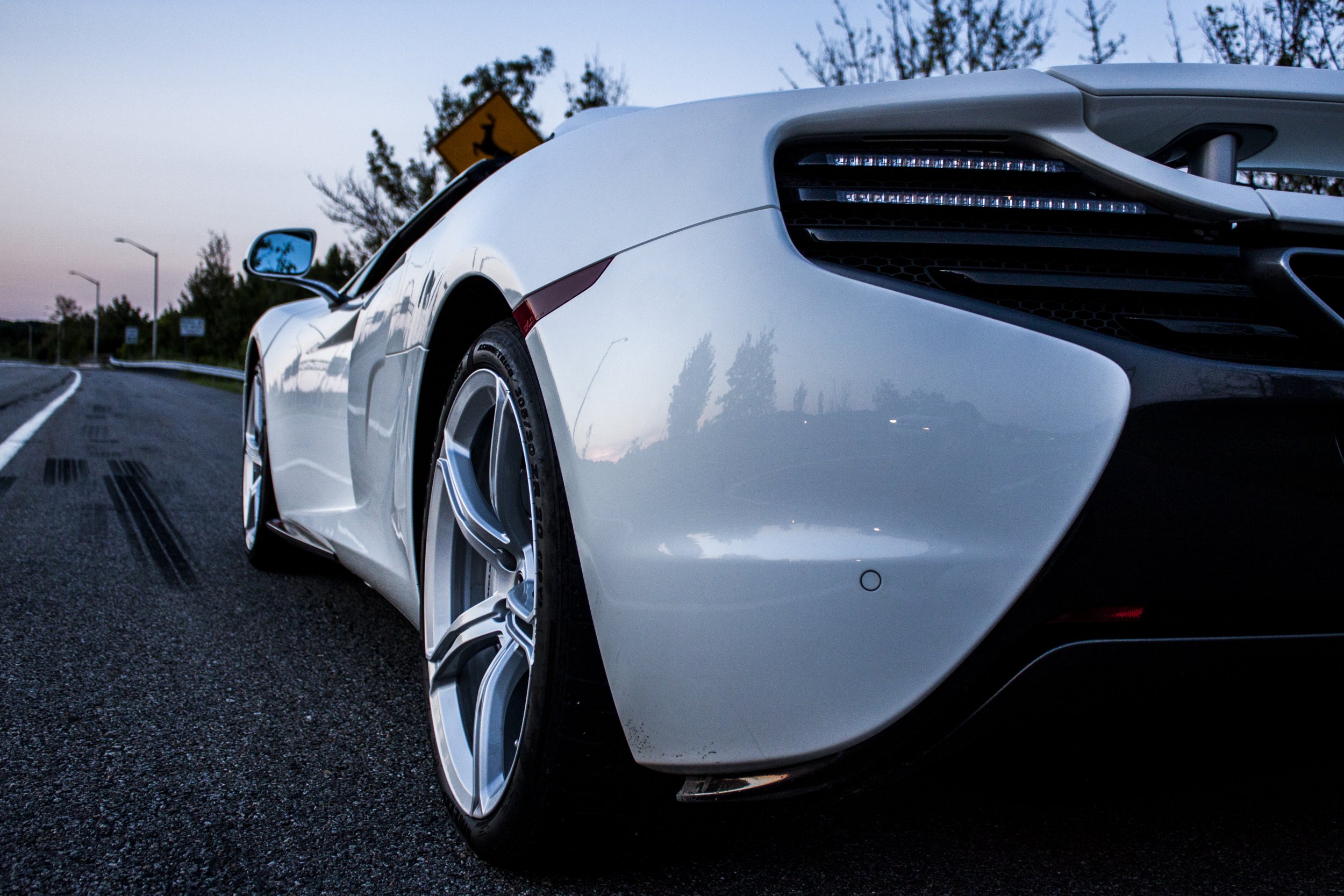
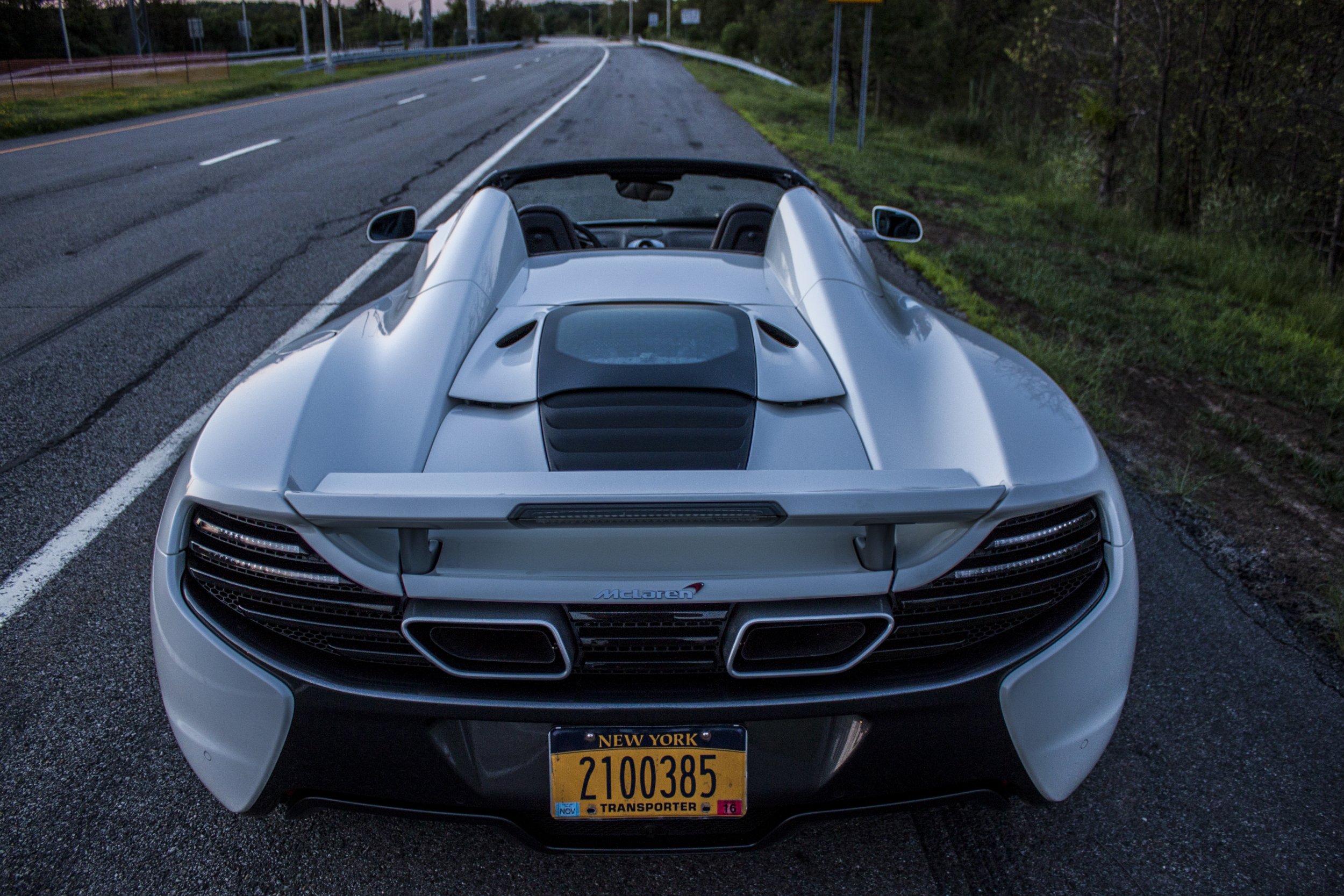
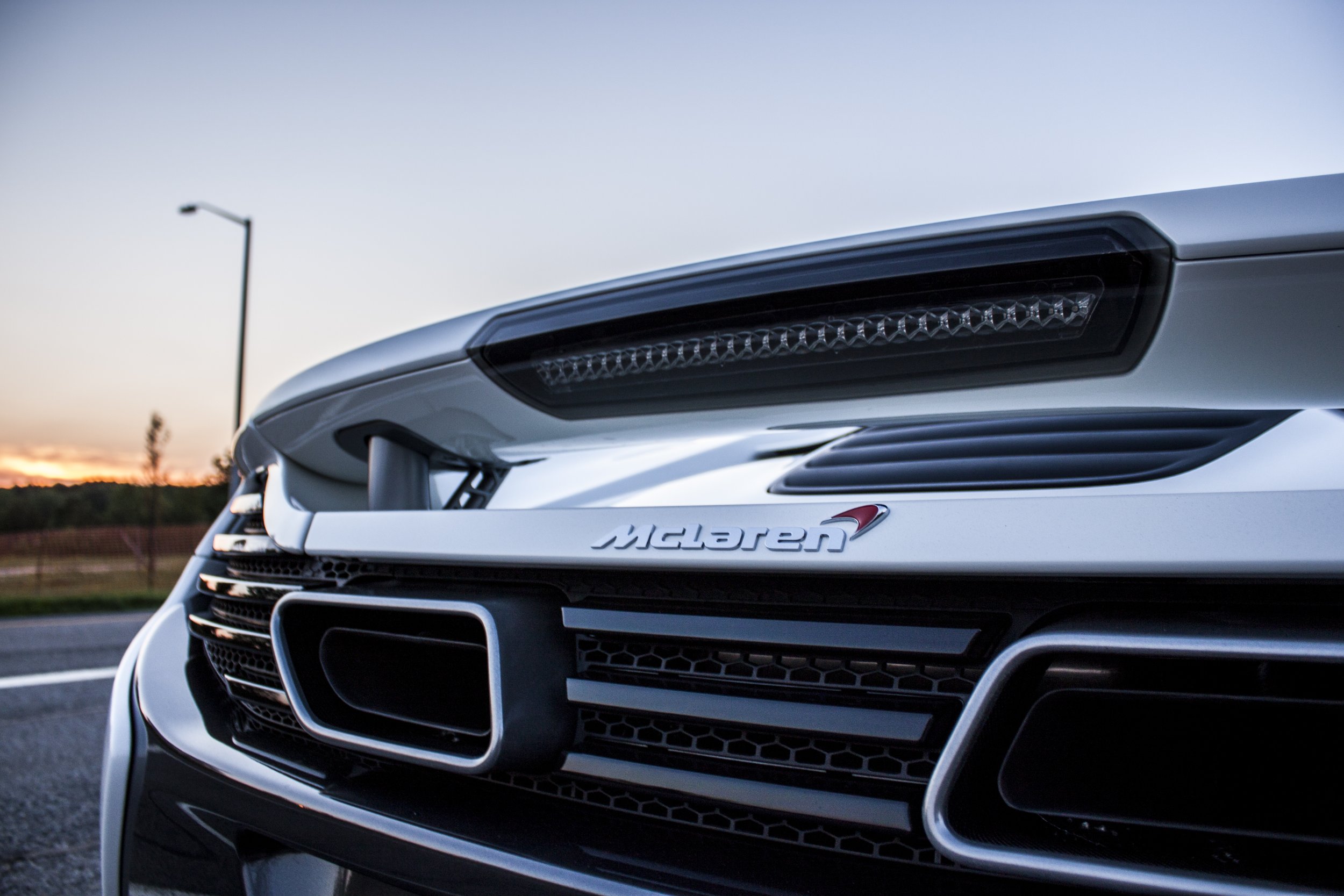

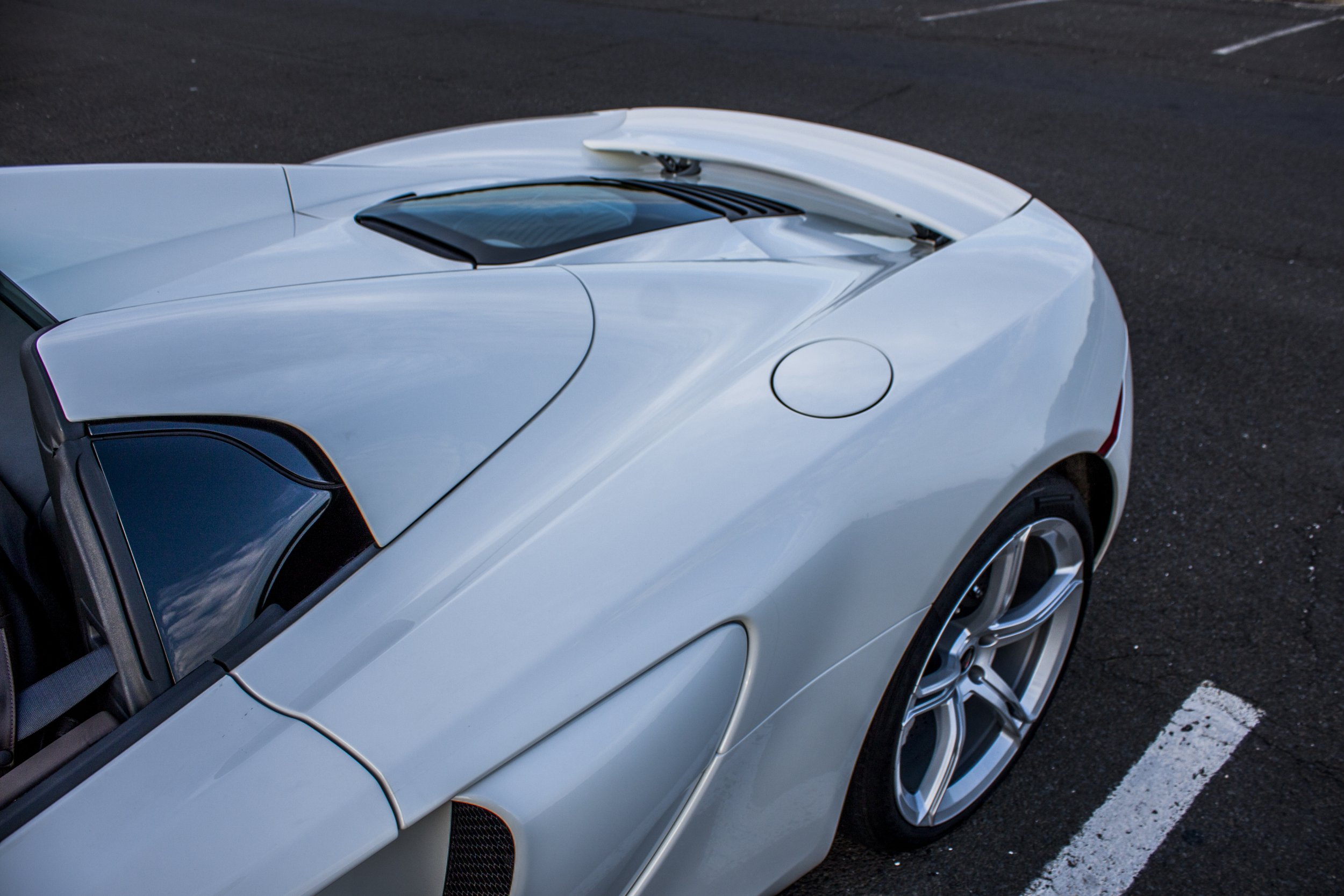
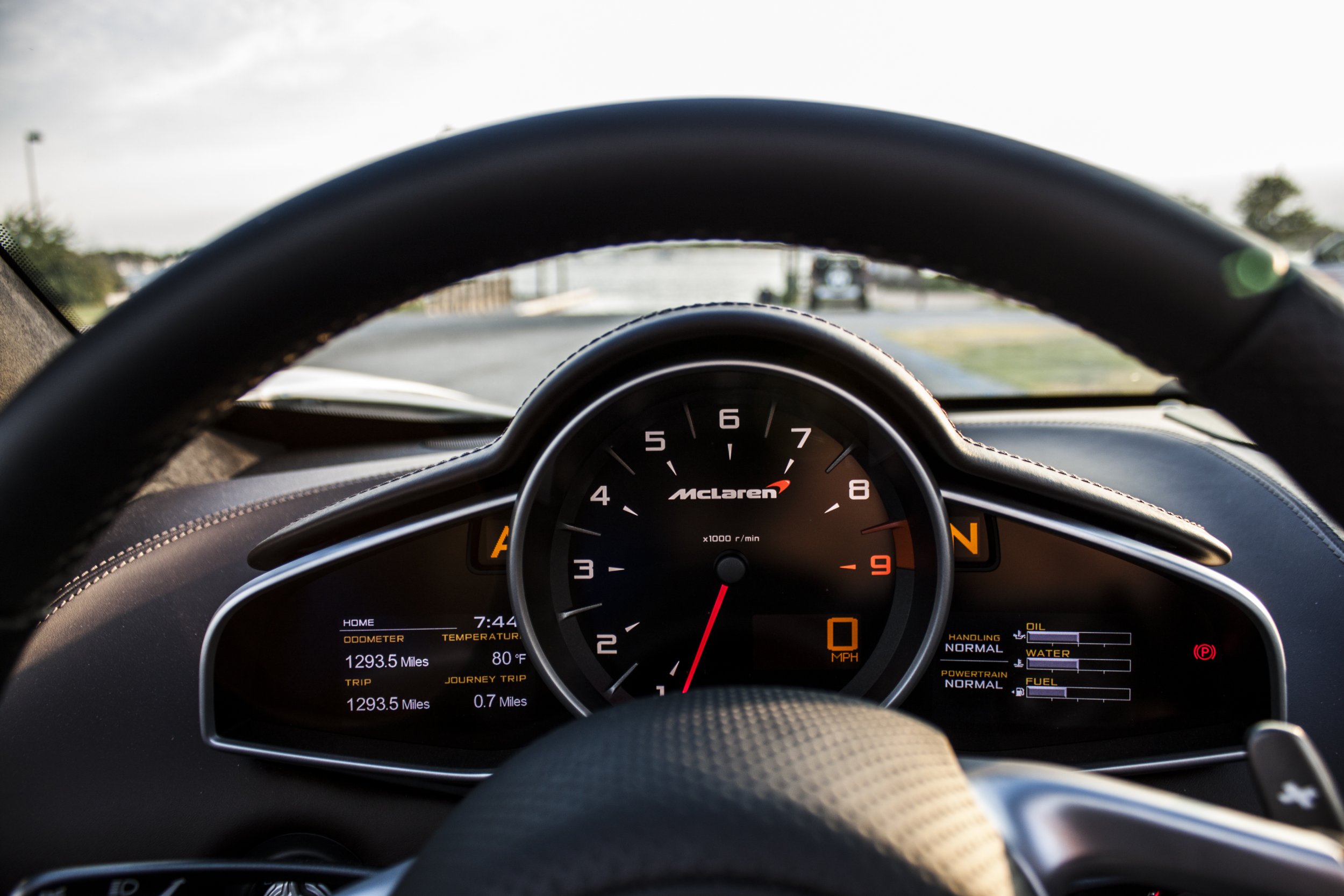
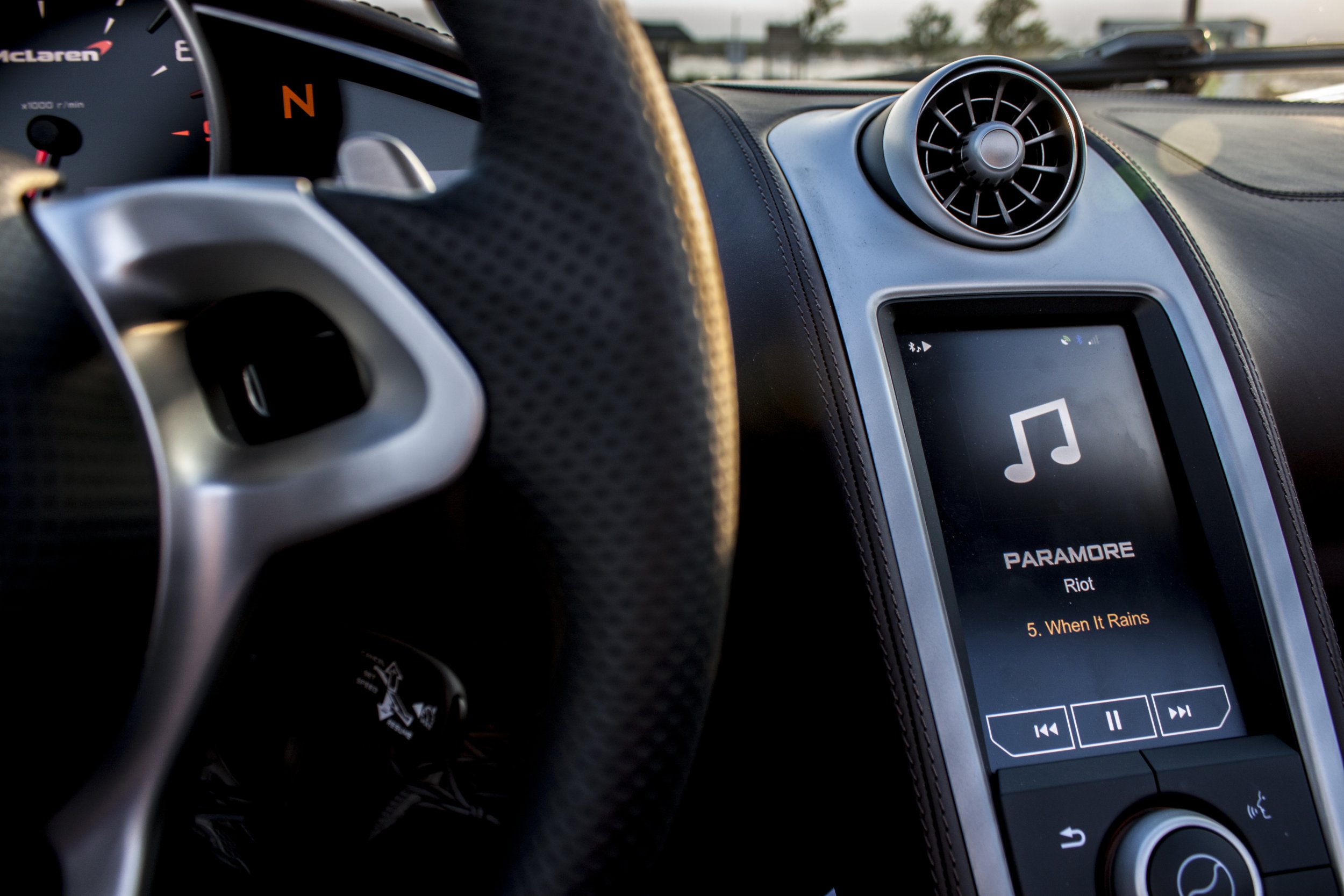
© Copyright IBTimes 2024. All rights reserved.






















